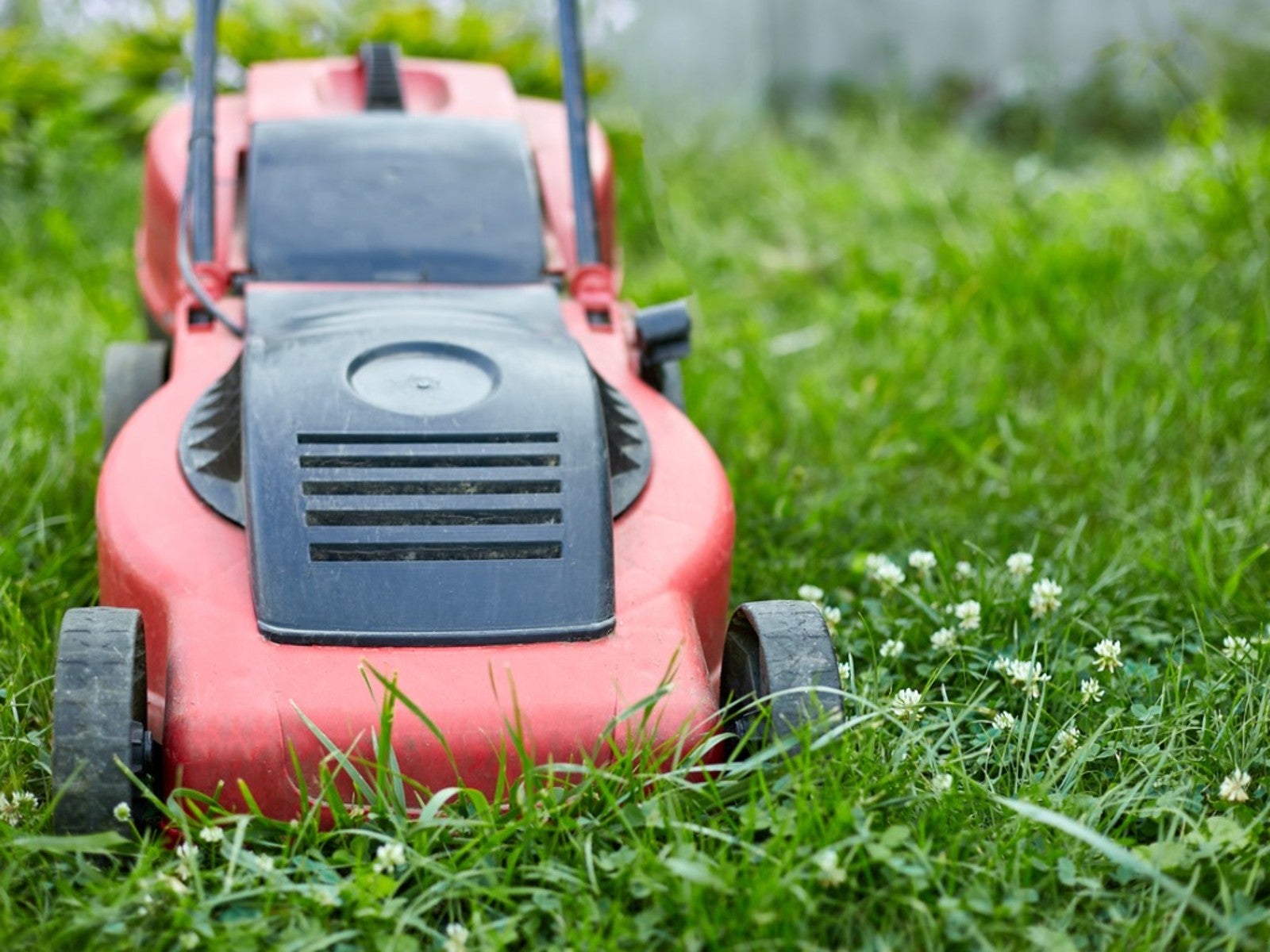What Is No Mow May And How Does It Help Pollinators?


Colony collapse and disease have decimated our honeybee populations. These important pollinators and others require human support to maintain healthy numbers. From this notion, No Mow May was born.
The No Mow May movement was started in the U.K. by Plantlife, an organization that supports a healthy environment. The concept is simple: refrain from mowing your lawn in May to encourage certain plants that are important food to pollinators. Does No Mow May work, and what are the aftereffects?
You don't have to be a lazy gardener to want to participate in No Mow May. It's actually very proactive. Allowing certain weeds in the lawn to flower will encourage and feed beneficial insects. So instead of lopping off the flowers with the mower, they are allowed to persist and bloom. Plants such as dandelions are important food sources for bees and other insects.
Of course, there are pros and cons to the practice, which should be looked at thoroughly before committing to the action.
Does No Mow May Work?
The benefits of No Mow May have now been measured. A study in one Wisconsin town found that neglecting to mow for the month of May actually did increase pollinator activity by ten times. It wasn't only bees that increased but also flies, beetles, and wasps -- basically all plant pollinators.
The practice really takes off when it occurs in combination with other pollinating attractive practices. These might be erecting bee houses or building insect abodes. Planting flowers of a variety of colors around the lawn will draw in bees and others. The data in Wisconsin showed that homes that participated in the month-long event showed five times the number of bees and three times the number of species of bees than lawns that were mowed. So, the practice does work, but it may come with some downsides.
Why No Mow May?
Most things in life come with different sides. In the No Mow May case, the negatives come with the positives. Letting weeds grow in the lawn may pose an eyesore to some. Standard mowers will have difficulty in June handling the long, tangling grass. Weed species that are allowed to flower will also set seed. In the case of a plant like the dandelion, their umbrella shaped seeds will spread far and wide, increasing the population of a hard to kill weed.
Sign up for the Gardening Know How newsletter today and receive a free copy of our e-book "How to Grow Delicious Tomatoes".
The process may also be more expensive. Dealing with those lawn weeds will require effort and often costly products. Some towns and cities have a fine for unmanaged yards. This will increase the expense incurred by No Mow May.
Alternatives to No Mow May
In order to avoid high costs and the headache of getting the lawn back into shape, there are alternatives to encourage insect populations. Studies have shown that mowing every two weeks instead of every week will still allow some species of weed to flower. This is a more reasonable amount of time in terms of management, and can help you avoid fines. Set the mower higher to avoid removing blooms. A height of 3.5 inches (9 cm) is actually healthier for the lawn overall.
Plant flowering plants around the garden. Select plants in bright, attractive colors and with flowers of different forms. Each pollinator has a favorite shaped bloom that makes accessing nectar more efficient. Erect a hummingbird feeder and place water in the garden for both the birds and insects. Hummingbirds are very adaptive and prolific pollinators.
Whether you want to go all-in on No Mow May, or are looking for other ways to do your part, there are plenty of things you can do to make your garden more welcoming to pollinators.
Want to learn more about how to help pollinators, especially butterflies? Head over to the GKH Learning Channel and enroll in our Creating a Butterfly Garden course today!

Bonnie Grant is a professional landscaper with a Certification in Urban Gardening. She has been gardening and writing for 15 years. A former professional chef, she has a passion for edible landscaping.